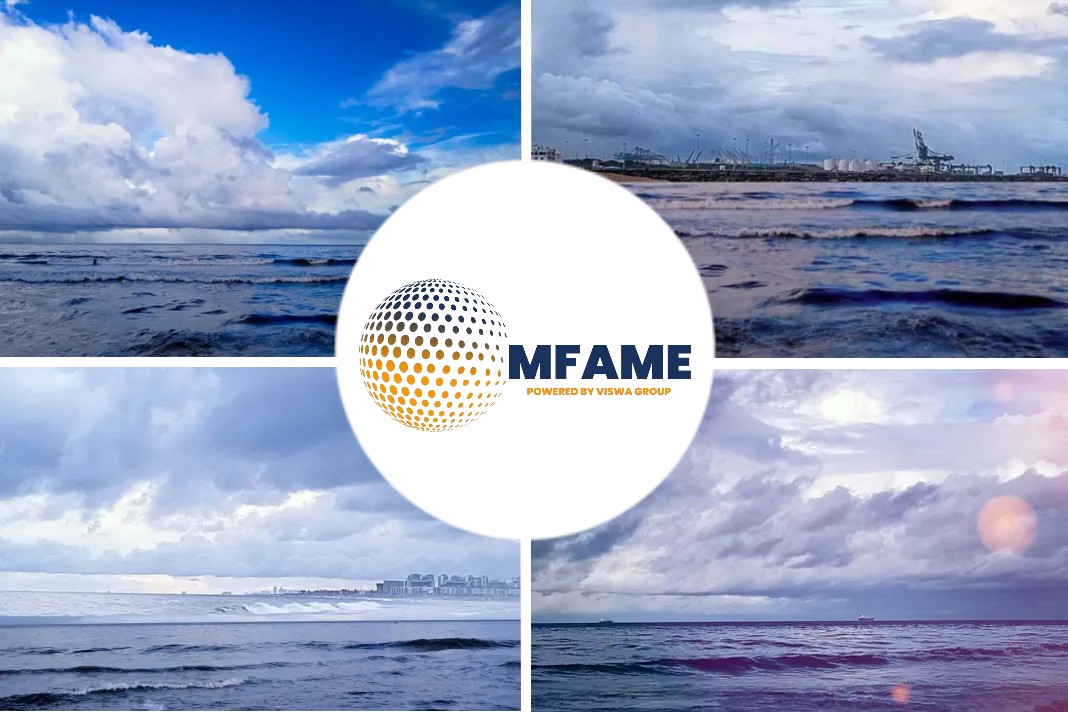Blue carbon refers to carbon dioxide that is absorbed from the atmosphere and stored in the ocean. “Blue” refers to the watery nature of this storage. The vast majority of blue carbon is carbon dioxide that has dissolved directly into the ocean.
Much smaller amounts are stored in underwater sediments, coastal vegetation and soils; carbon-containing molecules, such as DNA and proteins; and ocean life from whales to phytoplankton.
Coastal ecosystems’ carbon-storing power is a double-edged sword because when they are disturbed or drained, they can release surprisingly large amounts of carbon dioxide back into the atmosphere. But protected or restored, they can become an important tool for offsetting carbon dioxide emissions, especially for island nations and developing countries whose greenhouse gas emissions are relatively low.
And because these ecosystems have multiple other benefits—from wildlife habitat to hurricane protection—strategies for protecting and restoring coastal blue-carbon ecosystems are likely to play a growing role in U.S. and international climate policy in coming years.
Biology of coastal blue carbon
When experts talk about the carbon storage potential of coastal blue-carbon ecosystems, they usually mean salt marshes, mangroves, and seagrass meadows. Seagrass beds consist of flowering plants that grow in salty marine environments.
Mangroves are trees, shrubs, or palms that mostly grow in coastal swamps prone to flooding by salt water at high tide. Salt marshes are dense configurations of salt-tolerant grasses, herbs, and/or shrubs that flourish between land and open salt water.
All kinds of vegetation absorb atmospheric carbon dioxide and use it to build their roots, leaves, and other parts. Animals eat plants and spread the captured carbon throughout the ecosystem. When living things die, their remains usually land in the soil.
On land, oxygen-using microbes typically go to work on those carbon-rich remains right away, breaking down dead matter and releasing carbon dioxide in the process. But in places where the soils are flooded, oxygen levels are low, and decomposition happens more slowly.
Undisturbed, those soils can hang onto atmospheric carbon for centuries or even millennia. Degraded or drained, they can quickly turn into a carbon source.
Not only do the plants stop growing and capturing carbon, but exposure of blue-carbon soils to oxygen can lead rapidly to microbial decomposition of organic matter and release of carbon dioxide back into the atmosphere.
Kelp
Seaweeds like kelp (scientists refer to them as “macroalgae”) are often left out of blue carbon discussions because accounting for the long-term fate of the carbon they store is tricky. Growing with astonishing speed—up to an average of 11 inches (28 centimeters) per day—kelp consumes plenty of carbon dioxide.
But it often grows in rocky coastal areas where the build-up of carbon-rich soil is minimal. Instead, most of the carbon that kelp sequesters is exported to other places as pieces of kelp break off and drift away: to other vegetated coastal ecosystems, to nearby sediments on the coastal shelf, and to the deep ocean. Buried in deep seafloor sediments, kelp carbon can remain for thousands of years.
Rough estimates suggest that the amount of carbon absorbed by kelp ecosystems each year could be larger than the amount stored by other coastal blue-carbon ecosystems. In addition, kelp can be farmed and harvested for food or other plant-based products.
Kelp farming has also shown promise in reducing the impacts of ocean acidification in oyster habitat. But because of the complexity and uncertainty about where carbon stored by kelp ends up, scientists haven’t yet included kelp forests and other macroalgae in plans and policies for reducing atmospheric carbon dioxide.
Accounting for carbon
If we want to stop further global warming, we have to stop adding more carbon dioxide to the atmosphere than natural processes can remove.
As part of this carbon accounting, all the countries that are participating in the United Nations Framework Convention on Climate Change have agreed to publish an annual inventory of how much carbon dioxide and other greenhouses gases they emit (“sources”) as well as how much carbon dioxide they think they have removed from the atmosphere (“sinks”) through things like forest protection or restoration.
The treaty allows countries to trade with each other on the “carbon market,” in which a country’s activities to reduce emissions or protect natural carbon sinks become currency that it uses to offset its own emissions or to trade with other countries.
Did you subscribe to our daily newsletter?
It’s Free! Click here to Subscribe!
Source: Cleantechnica

















